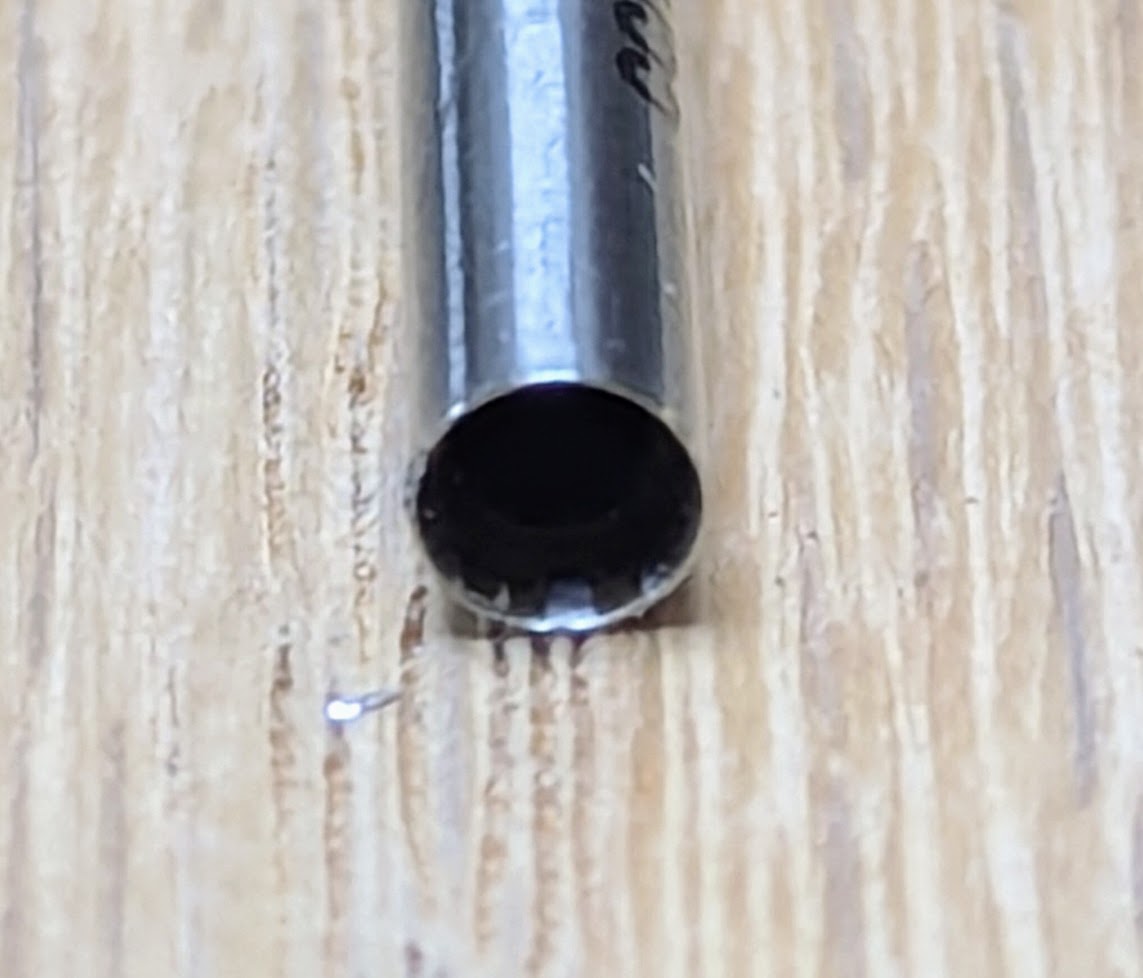About Me
My name is Marc Brooker. I've been writing code, reading code, and living vicariously through computers for as long as I can remember. I like to build things that work. I also dabble in machining, welding, cooking and skiing.I'm currently an engineer at Amazon Web Services (AWS) in Seattle, where I work on databases, serverless, and serverless databases. Before that, I worked on EC2 and EBS.
All opinions are my own. This is my less-technical blog on non-work topics. For my main blog, visit https://brooker.co.za/blog/.
Links
My Publications and Videos@marcbrooker on Mastodon @MarcJBrooker on Twitter
Prusa XL Extruder: What Were They Thinking?
A few months ago, I got a Prusa XL 3D printer. In general, it’s a good product. Huge build volume, decent speeds, and good quality. Having multiple print heads is a big improvement over other multi-material setups: more speed, less waste, and more flexibility in mixing materials. The single killer app is printing PLA with PETG supports, and vice versa. Having that capability has change my approach from avoiding supports at all costs, to taking advantage of supports to design better parts.
Despite its strengths, the XL has one huge and annoying flaw, which nearly ruins the experience. Let’s look at a nozzle:

Going left-to-right, we have:
- The nozzle itself: the 0.4mm orifice that molten plastic comes out of.
- A brass thread that threads into the heater block, where the plastic melts.
- A very thin ‘waist’, which stops heat from the heater block creeping back up the filament.
- A metal tube, which inserts into a cooling block and guides the filament that’s being pushed down to be melted and extruded.
On the right would be the extruder gears and motors, that push the plastic filament hard down into the nozzle. The pressures and forces here are quite high: all the forces for extruding plastic comes from pushing the filament down into the nozzle from the right hand side (the top, as installed in the printer).

Those beefy brass threads should be plenty strong enough to resist the extrusion pressure right? Well, right. But that’s not how this thing is designed. Those nice big threads only exist to hold the light aluminium heater block in place below the print head. The printing forces are resisted by a grub screw tightened against the thin wall of the heat break section of the tube. Yeah, seriously. A grub screw. Onto a tiny thin-walled metal tube.
Nozzle blocked? Nozzle slips down. Wrong temperature? Nozzle slips down? Too much vigor unloading filament? Nozzle slips up.

Which would probably be fine, in a single-material printer. The XL has a snazzy load sensor which allows it to calibrate the Z height by bonking the nozzle on the bed. It’s a nice feature. But it only works for the first material in the print. The rest of the heads use a fixed relative calibration to find the right place in space to print. Nozzle slippage means printing at the wrong height. At best that means poor quality prints. At worst, it means the printer gouges the build plate hard enough to slip the CoreXY belt. Chaos and damage ensue.
I’ve only had one such disaster, but a couple of ruined prints.
But there’s another more day-to-day issue with this design: the nozzle doesn’t have a rigid, positive, engagement with the tool body. Which means that every time you install a nozzle, it installs at a slightly different Z offset. So every time you swap nozzles, you have to re-run the printer’s calibration cycle to allow the printer to figure out exactly where the nozzle tip is now located. For all five nozzles. And they need to be perfectly clean for it to work. And all filament needs to be unloaded.
That means that a simple nozzle swap takes, at best, about 20 minutes. It’s much more of a pain that the old V6-style hot tightening.
Here’s what I think Prusa should have done:
- Make the nozzle a slip fit with a collar into the heater block. Maybe keyed if you want to control the heater block angle. It’d need to be a fairly tight fit to ensure good heat transfer, but the heater cartridge itself is already a slip fit, so that would clearly work.
- Add a threaded section on the other end of the nozzle, that screws into the print head.
- Add a rigid mating surface at the top of the nozzle that’s rigidly connected to the tool changer arms, ensuring the nozzle is the same place in X, Y, and Z relative to those arms (the reference point for the whole design) every time. This is the way automatic tool changers for CNC mills work: clean metal-on-metal contact between the tool holder and the spindle.
- Carefully specify overall nozzle length, or add a per-print touch-off procedure to deal with nozzle length variance (it’s already got all the hardware to do this!)
These changes would have made the XL a much better product, done away with the annoying nozzle change process, made changes easy, and probably even reduced costs slightly.
They would have one downside, in requiring a different approach to V6 nozzle compatibility, which today works with a simple adapter.

My approach would require a different heater block and two threaded sections on the nozzle for V6 nozzles. Not a big deal.
Anyway, I still like the XL, but would like it a lot more if the nozzle wasn’t so poorly designed.
